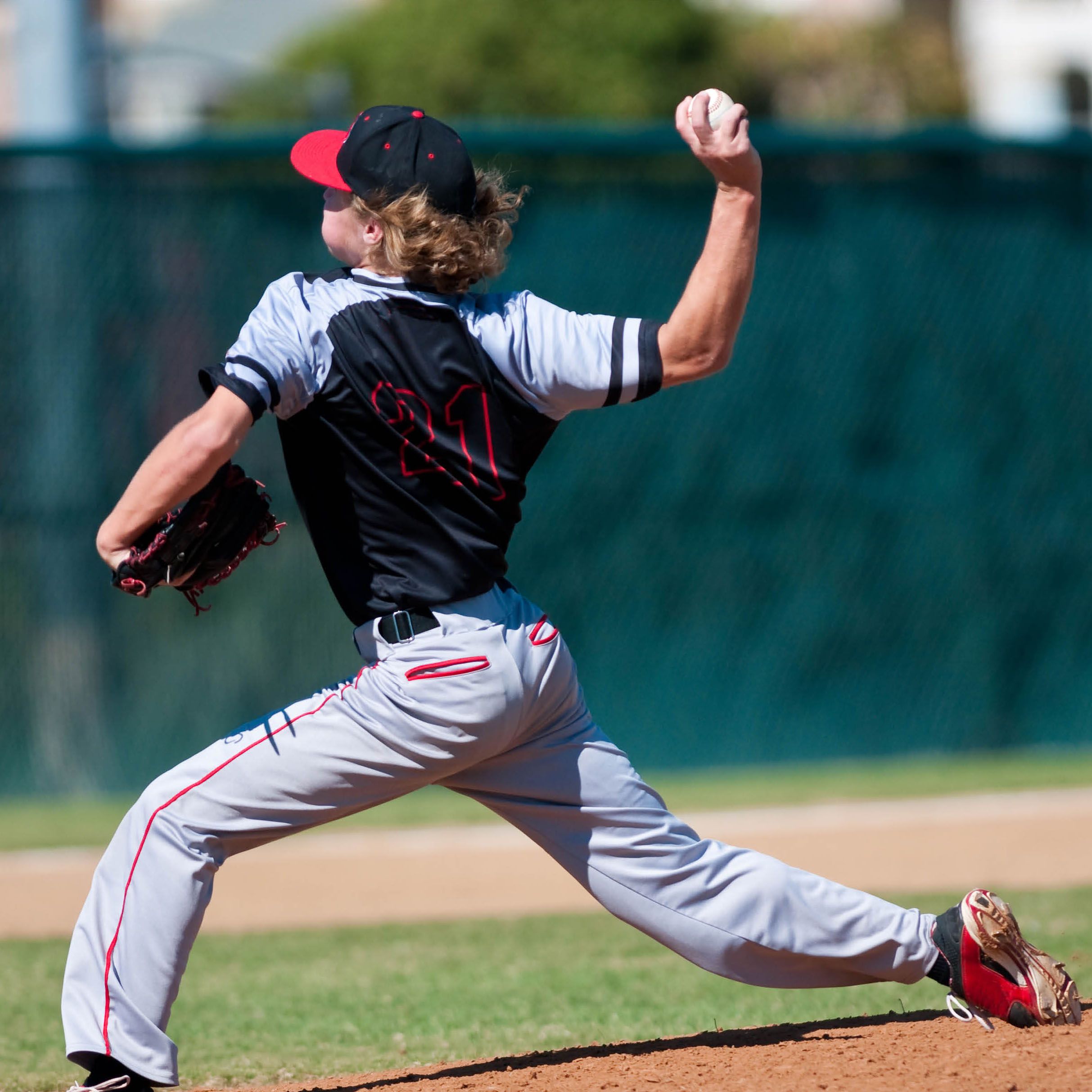
Overcoming Pain In The Elbow As An Athlete: Treatment & Prevention
If you are an athlete that performs repeated throwing motions during games and practices or overuses the elbow joint, you might be susceptible to an overhead athlete injury such as a thrower’s elbow. In this blog, you’ll learn about what throwers elbow is, also known as “little league elbow” for adolescents, and how to overcome and prevent further injury (1).
Sports that require a throwing motion such as javelin, pitching, tennis, and volleyball predominantly affect both the lateral side (outside) and medial side (inside) of the elbow. Overuse injuries can occur and gradually worsen over time if they aren’t treated.
Aside from overuse, some other ways that can cause throwers elbow are direct injury, poor technique, or using equipment that is the wrong size. Do any of these relate to you?
Pain from throwers elbow can become extremely frustrating when trying to perform daily activities such as driving, carrying objects, and opening doors, let alone perform during your sport.
Throwers elbow occurs when there is damage to the bones, muscles, tendons, and ligaments around the elbow joint and forearm. The throwing motion causes the structures on the medial side of the elbow to stretch, while at the same time compressing the structures on the lateral side of the elbow. This constant compression can result in microfractures in the arm bones, and constant stretching can result in severe ligament strain (2).
Symptoms of a thrower’s elbow can vary depending on the underlying cause, but in most cases, you will experience pain that especially occurs after throwing or performing any other activities that repeatedly use the elbow. Other symptoms might include limited range of motion, tingling or numbing sensations in the elbow, forearm, or hand.
Overcoming Thrower’s Elbow: Treatment & Prevention
As symptoms of throwers elbow begin to occur, it’s best to use the R.I.C.E. at the onset of any pain. Rest the injured arm, apply ice to the areas of pain, apply a compression bandage, and elevate if possible. A referral from a professional should be sought out so you can start rehab and recover your injury as fast as possible (3).
Preventing an injury is much easier to do than healing an injury. Knowing that you are involved in a sport that requires repetitive motion, strain, and is susceptible to injury – it’s smart to have the proper training and conditioning to improve mobility, strength, agility, and flexibility.
A few more tips for preventing new or further injuries are: be sure to warm up, cool down, and completely rehabilitate an elbow injury before returning to your sport.
Did you know physical therapists are a great resource for your optimization of strength training, even before you have an injury? Our goal is to make sure you are educated while increasing your performance.
Please be sure to speak with a physician or doctorate-level physical therapist for the correct diagnosis and specialized plan of care for your condition.
References:
1. Northwell Health. What Is Throwers Elbow?. https://www.northwell.edu/orthopaedic-institute/find-care/conditions/throwers-elbow
2. Barco R, Antuña SA. Medial elbow pain. EFORT Open Rev. 2017 Aug 30;2(8):362-371. DOI: 10.1302/2058-5241.2.160006. PMID: 28932488; PMCID: PMC5590003.
3. Wilk, K. Reinold, M. Andrews, J. (2004). Rehabilitation of the thrower’s elbow. Clinics in Sports Med, 23: 765–801.